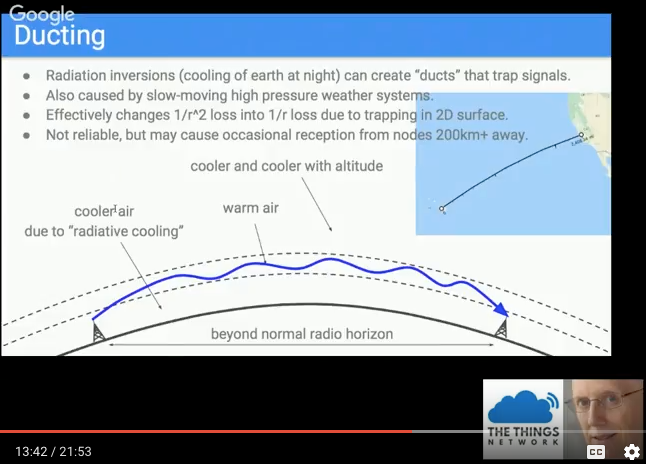As requested on slack I will repeat my statement about SF12 here as well.
Moving nodes should switch off Adaptive Data Rate (or do they?), and always send with the slowest rate (SF12), and hence are bound to a maximum application payload length of 51 bytes2?
As you are developing a product for a moving object, it might not be a good option to use SF12. It is true SF12 can cover more distance but this has to come from somewhere. The thing with SF12 is, every symbol is coded with 4096 bits (also called chips with spread spectrum modulation). This results in a coding gain which can be received under the noise level, thus enabling greater distances to be covered. However this causes the package and airtime to be extremely long. Even with a few bytes it will be very sensitive for interference and as a moving object, it is likely to come across interfering objects.
SF11 would already be much better because the airtime is almost half of SF12 thus less chance for package loss due interference. However ideally SF7 would be used because this has the shortest air time. In addition SF7 uses less energy because of the shorter air time and of course you are able to send packages more frequently.
I actually still have to measure the difference in distance between SF7 and SF12. I am planning to do this within the next two weeks or so. I will share my findings here. If SF12 truly generates a significantly larger distance I would suggest that a moving node would first try to use SF7 and if that fails, it would then try a higher SF.

